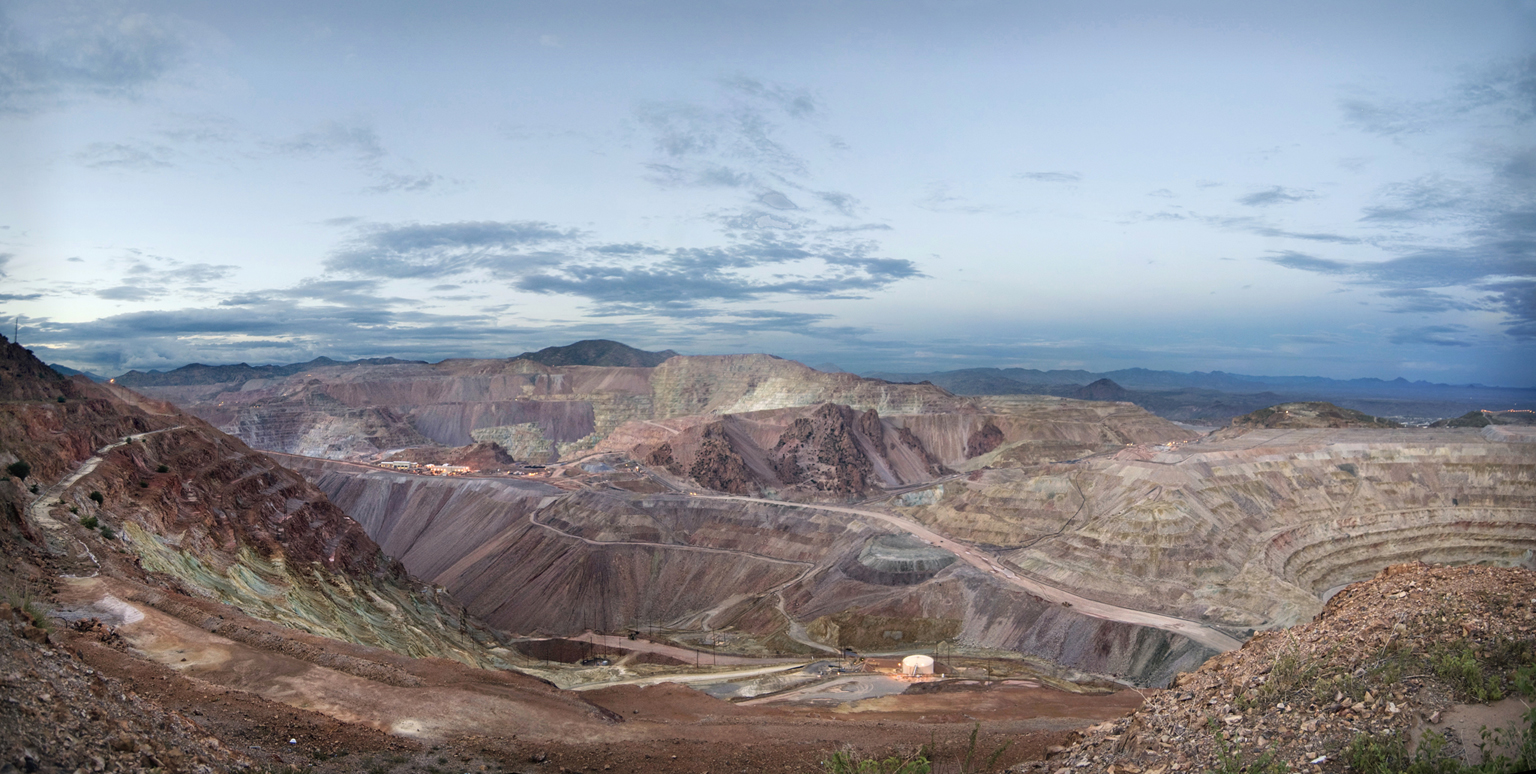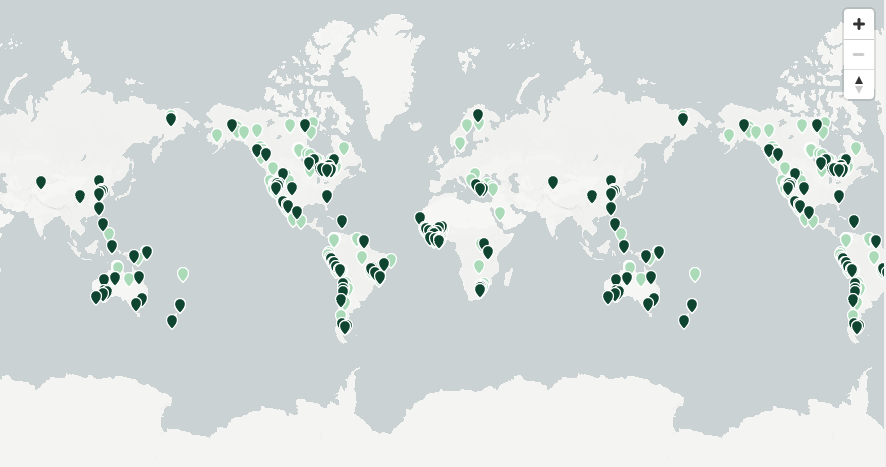Tradewind Launches “Origins” Blockchain App For Increased Transparency In The Precious Metals Marketplace
Disclosure: We are reader-supported. If you purchase from a link on our site, we may earn a commission. Learn more

The concepts of “ethical gold” and fair trade have increased in importance over the years. Tradewind Markets, a gold fintech company, has embraced that idea, developing and launching its new Origins application. The firm enables both physical and alternative assets to be traded, settled, and mobilized through digitization. With this new Origins solution, there is increased transparency within the precious metals marketplace.
Table of Contents
- Supply Chain Transparency For Consumers
- Tradewind Partnership With The Royal Canadian Mint
- The Use of Blockchain Technology To Increase Transparency
- The Word Gold Council Released A Set Of Responsible Gold Mining Principles
- Increased Transparency And Guidelines Greatly Benefits The Precious Metals Marketplace
Supply Chain Transparency For Consumers
Origins integrates with Tradewind’s existing digital precious metals trading platform, VaultChain. The objective of the application is to track the supply chain of precious metals, providing detailed information such as the name and geography of the mine where the metal originates, in addition to the standards by which it is produced.
The new application was designed in consultation with major industry entities such as the Royal Canadian Mint, in addition to prominent mining companies.
“Tradewind is helping market participants bring transparency to otherwise opaque asset classes across precious metals and other alternative assets. We have worked at length with the industry’s major players and our network of partners to build a provenance application that unlocks the latent value of precious metals by delivering meaningful data on how, when, and where the assets were sourced. We are working to establish best practices and ethical sourcing of materials, and we’re setting a standard for innovation within physical and alternative asset classes using blockchain,” explained Tradewind Markets CEO, Michael Albanese.
The entirety of the journey of a precious metal is tracked on the blockchain, therefore offering buyers to chance to purchase based on sourcing preferences. Moreover, the ORIGINS solutions allows precious metals producers the ability the provide information to facilitate compliance with regulators and the necessary reporting requirements.
“As economic, social, and governance (ESG) standards for precious metal miners become increasingly important and investors make more decisions based on ESG performance, Tradewind ORIGINS serves a vital purpose for the market. ORIGINS synthesizes large amounts of data to provide market participants with the tools they need to make better-informed business decisions,” the company said in a press release.
Tradewind Partnership With The Royal Canadian Mint
Not only did the Royal Canadian Mint work in consultation with Tradewind for the development of the ORIGINS, but it is also in partnership with the firm. This partnership entails the Mint accepting delivery of precious metals from producers, then either approving or rejecting the information provided by ORIGINS, then registering said metal on the Tradewind platform. This independent third-party verification component gives consumers further the piece of mind that they are sourcing precious metals based on their personal preferences.
Major precious metals producers who invest and engage in responsible practices are welcoming the ORIGINS application.
“As a major global producer, Agnico Eagle enthusiastically supports innovations that enable market participants to engage in precious metals markets while adhering to social and environmental best practices. We want to ensure that transparency is met from stage one, and Tradewind ORIGINS represents an important step in this direction, providing our customers and stakeholders with a platform to confirm the quality and source of our goods,” explained Ben Lam, Treasurer at Agnico Eagle Mines in the press release.
The necessity for compliance with global sourcing regulations and reporting requirements is essential for the mining industry. Increasingly, regulatory bodies are enacting regulations that promote best practices, and compliant producers must keep pace.
“We want to ensure that transparency is met from stage one and Tradewind Origins represents an important step in this direction, providing our customers and stakeholders with a platform to confirm the quality and source of our goods,” said Lam.

The Use of Blockchain Technology To Increase Transparency
Tradewind’s use of blockchain commenced in 2016, when it utilized the technology to ensure more transparency in the gold exchange process. In 2018, the finetech firm launched VaultChain platform operates as a record of title stored at the Royal Canadian Mint. Within the platform’s ecosystem, the Mint is the single point of deposit and withdrawal, and balances are reconciled daily.
The use of Blockchain technology to increase transparency has been utilized within the mining sector by some major players over the past couple of years. For instance, last year top global diamond producers De Beer’s and Alrosa partnered to develop an end-to-end diamond industry traceability platform called Tracr. In essence, the blockchain platform operates as a shared database of transactions, which gives each diamond a unique ID. The specific characteristics such as weight and clarity of each stone are recorded on the platform. The impetus for the creation of Tracr, was to rid the supply chain of “conflict diamonds” and counterfeits.
Some other examples of blockchain technology being used within the mining industry include a consortium of the mineral supply chain deemed Minerac, and a partnership between IBM and Ford to track cobalt being sourced from a mine in Congo.
“Blockchain technology is perfectly suited to the precious metals market. It is a secure and durable solution for maintaining title to hard assets — no one party can control access to, or tamper with, the records of ownership — and it allows the market to tap into all of the efficiencies that come along with digital trade execution and settlement,” explained Fraser Buchan, Tradewind co-founder in a recent interview.
The Word Gold Council Released A Set Of Responsible Gold Mining Principles
In September, the World Gold Council, which operates as the market development organization for the gold industry, released a set of guidelines for responsible gold mining. The report is aptly titled The Responsible Gold Mining Principles, the report is a essentially a code of conduct for gold mining sector, ensuring that it is free from human rights infractions and criminality, and limiting environmental degradation:
“Responsible gold mining is conducted with respect for the environment and the human rights and wellbeing of our employees, contractors and members of the communities associated with our activities. When coupled with good governance, responsible gold mining delivers benefits for host countries and local communities. It contributes to socio-economic development through increasing prosperity, providing jobs and supply chain opportunities, and raising technical standards through innovation and building skills. Through partnerships with governments and other actors, it enables investment in infrastructure and improvements in public services.
The Principles were rigorously scrutinized and were even subjected to two phases of external consultation. Over 200 organizations and industry experts participated in roundtables and responded to an online questionnaire. The principles are intended to recognize and strengthen existing standards under a single workable framwork.
The report comes on the heels of increasing pressure from consumers, NGOs, and international governments to safeguard the industry from nefarious components. The guidelines outline elements like environmental impact, labor safety, corporate standards of governance, and community engagement.
“It is our aim that the Responsible Gold Mining Principles reinforce trust in gold and the gold mining industry. Consumers, investors and the downstream gold supply chain will be able to know, with confidence, that their gold has been responsibly sourced. The Principles incorporate feedback from more than 200 organisations and individuals over two rounds of consultation and are designed to support the efficient operation of the gold market,” said Terry Heymann, World Gold Council Chief Financial Officer in a press release.
According to the Council, roughly 95% of member companies have signed on to adhere to the guidelines. In an effort to ensure compliance, member companies must obtain assurance from an external third party.

The World Gold Council consists of 26 of the world’s leading gold mining companies. Headquartered across the globe, these companies have mining operations in 45 different companies. The Council says that its members represent two-fifths of global gold production, which is estimated at approximately 3,300 tonnes a year worth in the range of $15 billion.
Increased Transparency And Guidelines Greatly Benefits The Precious Metals Marketplace
Given that the price of gold has been on an upward trajectory, there’s no better time than now to invest in precious metals. Increased transparency coupled with industry mandated guidelines are further incentives for investors. An excellent way for investors to take advantage of the bullish precious metals market is including IRA-approved precious metals in your retirement account. For those interested, learn more about Gold IRA rules and regulations for more information.



 Silver
Silver Gold
Gold Platinum
Platinum Palladium
Palladium Bitcoin
Bitcoin Ethereum
Ethereum

 Gold: $3,336.55
Gold: $3,336.55
 Silver: $37.80
Silver: $37.80
 Platinum: $1,337.40
Platinum: $1,337.40
 Palladium: $1,124.21
Palladium: $1,124.21
 Bitcoin: $117,645.06
Bitcoin: $117,645.06
 Ethereum: $4,436.18
Ethereum: $4,436.18